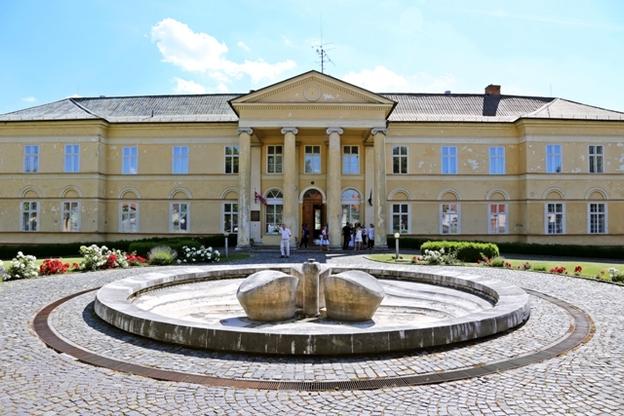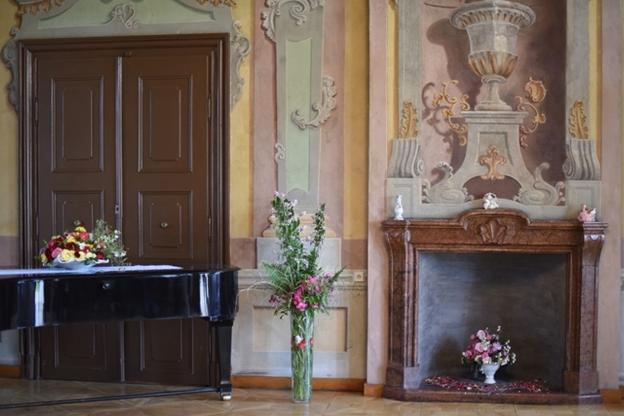Slavonic ancestors knew mead as early as the 9th century and they used it for rituals as well as in everyday life.
More recently, several producers of this traditional, natural drink have revived this ancient knowledge and recipe. One of them is the family mead-producer Apimed from the municipality of Dolná Krupá. This year, it celebrates its 20th anniversary.
What is on offer?
On this occasion, there is an Open Day arranged for visitors on June 2, between 13:00 and 20:00, with free admission and the opportunity for everyone to taste several types of mead and witness its production process. The biggest attractions include the rose mead made to pay tribute to Countess Mária Henrieta Choteková, organisers informed.
Another specialty is the Ambrozia aperitif, made from honey and 18 herbs, the first to be tasted on this day.
Roses and more
The work of Countess Mária Henrieta Choteková (1863 – 1946), who founded and built up the biggest rosary in central Europe of its time, famous for own new species of roses, will be presented one day earlier.
Annually, the Feats of Roses takes place in a classicist manor-house in Dolná Krupá; and this year, it will be on June 1, and it will include concerts, manor-house tours – as well as of the room where Ludwig van Beethoven stayed. The admission fee is €1-€2.
More information can be found at www.regiontirnavia.sk.



 Mead, illustrative stock photo. (source: TASR)
Mead, illustrative stock photo. (source: TASR)
 The Ambrozia drink (source: Courtesy of Apimed)
The Ambrozia drink (source: Courtesy of Apimed)
 The Dolná Krupá manor-house (source: Courtesy of Trnava Tourism)
The Dolná Krupá manor-house (source: Courtesy of Trnava Tourism)
 The Feast of Roses in Dolná Krupá (source: TASR)
The Feast of Roses in Dolná Krupá (source: TASR)